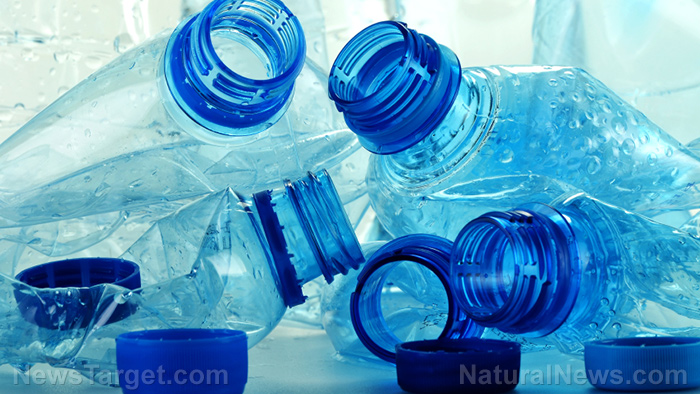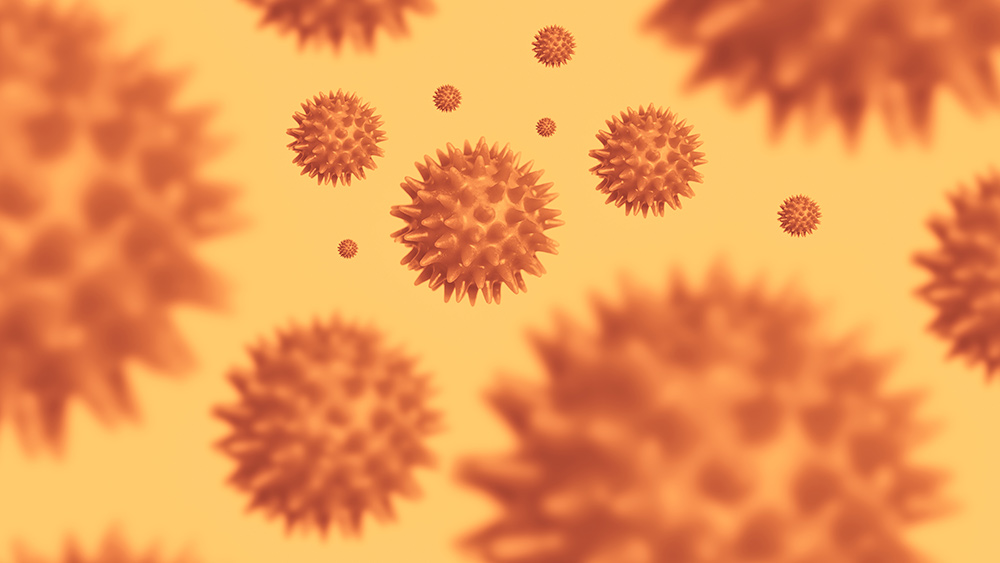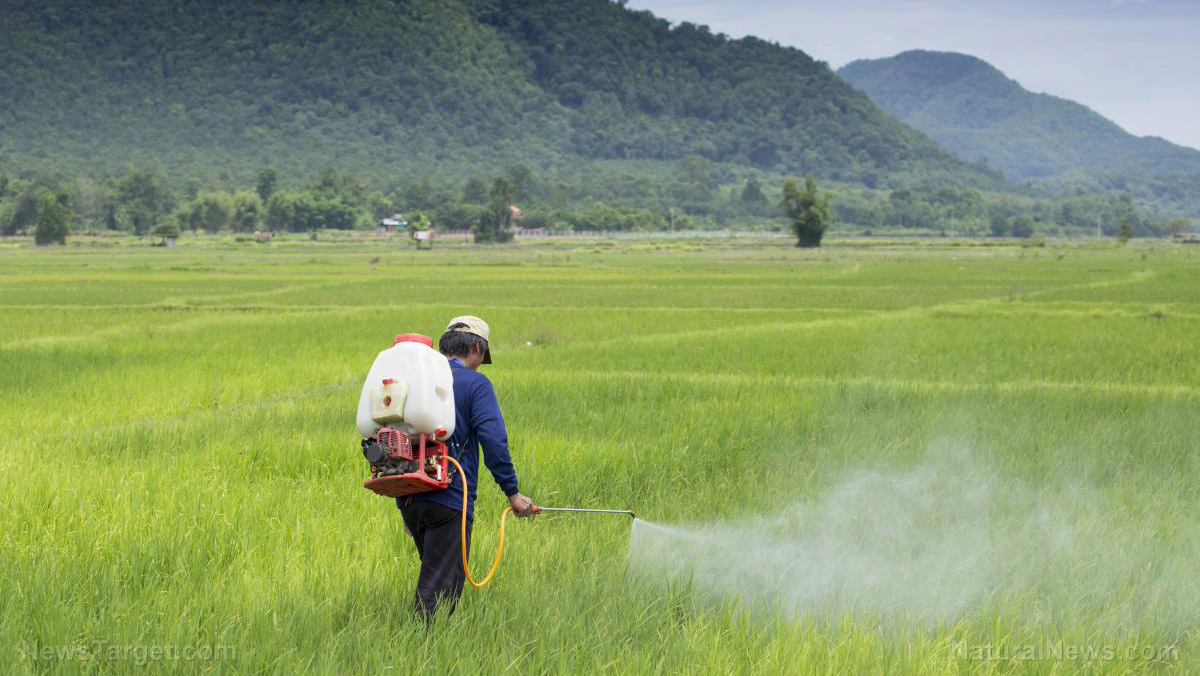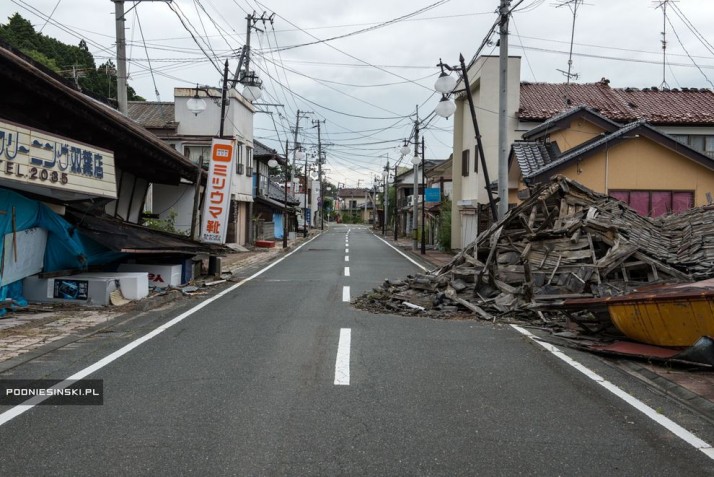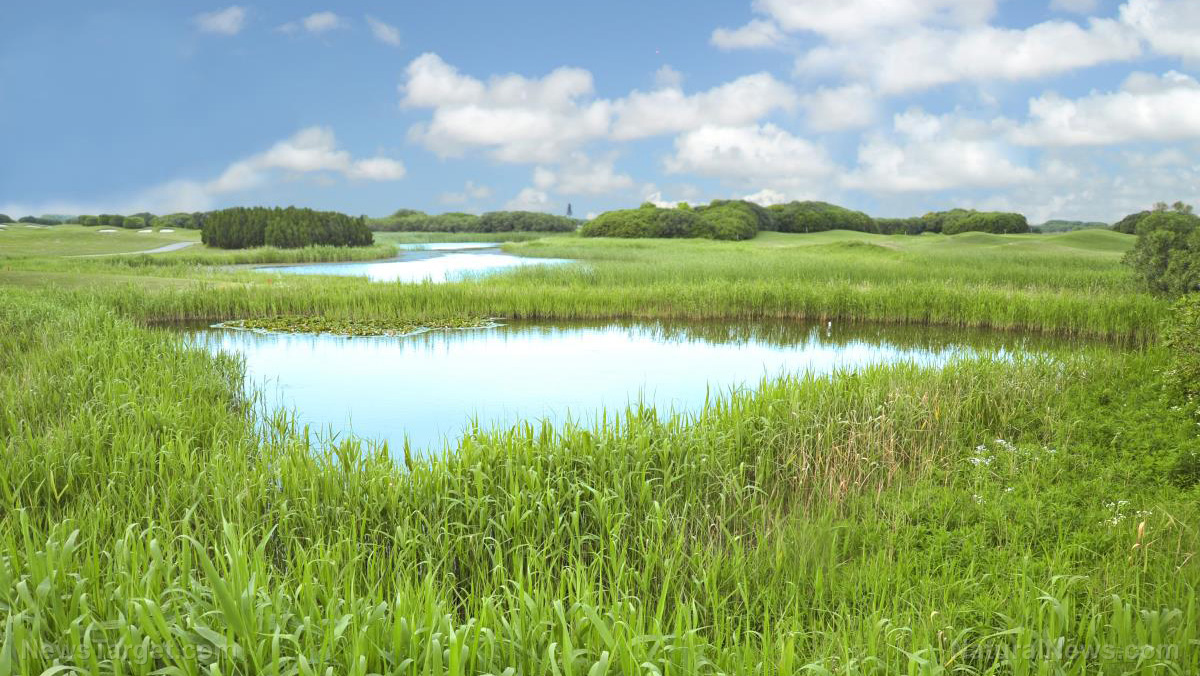About half of US lakes, rivers are too polluted for swimming, fishing, drinking
04/01/2022 / By Kevin Hughes
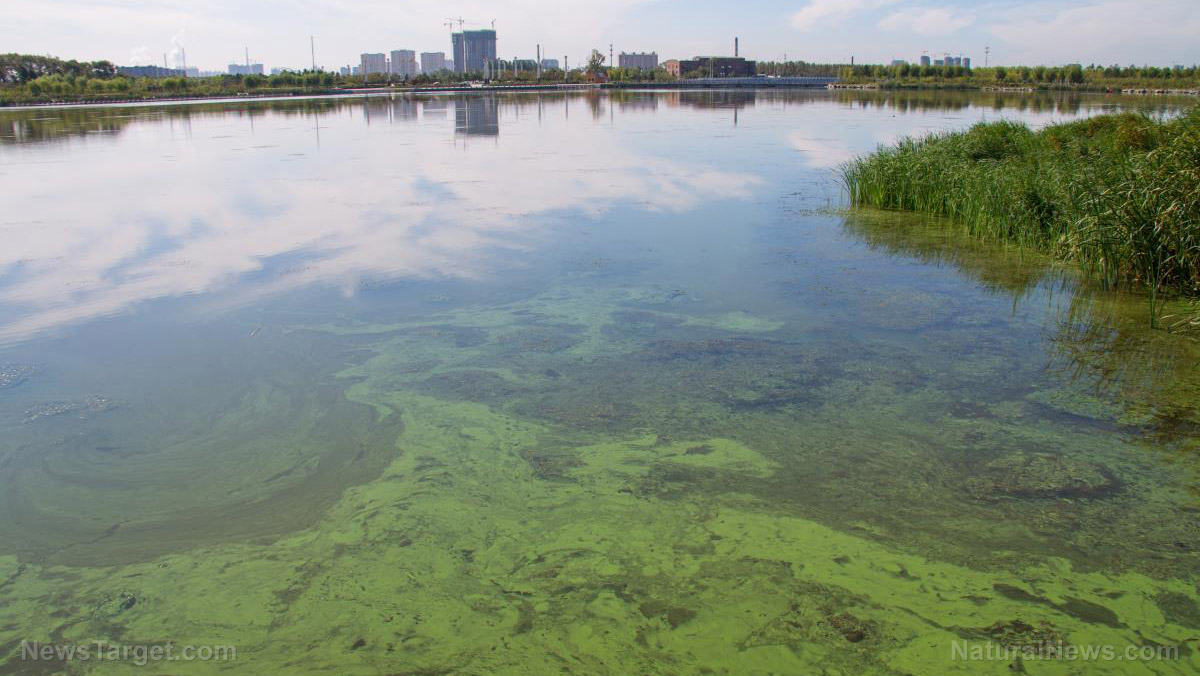
The Clean Water Act passed 50 years ago with the goal of guaranteeing “fishable, swimmable” water across the U.S. has fallen far short of that goal.
A new report from the Environmental Integrity Project (EIP) revealed that about half of the nation’s lakes and rivers are too polluted for swimming, fishing or drinking. It was based on reports that states are required to submit under the Clean Water Act on the pollution levels of their rivers, streams, lakes and estuaries. More than half of the lakes and rivers are deemed “impaired,” meaning that they fall short of standards for fishing, swimming, aquatic life and drinking.
“The Clean Water Act should be celebrated on its 50th birthday for making America’s waterways significantly cleaner. However, we need more funding, stronger enforcement, and better control of farm runoff to clean up waters that are still polluted after half a century. Let’s give EPA [Environmental Protection Agency] and states the tools they need to finish the job – we owe that much to our children and to future generations,” EIP executive director Eric Schaeffer stated in a press release announcing the report.
Majority of rivers, streams and lakes are considered impaired
According to a report from the Hill, more than 700,000 miles of waterways – around 51 percent of rivers and streams and 55 percent of lake acres – are considered impaired. Additionally, 26 percent of estuary miles are also impaired.
The Clean Water Act was considered a historical legislative accomplishment when it was signed into law in 1972. According to the press release, it pledged to end the discharge of all pollutants into passable waters by 1985. It has come up short of that goal for various reasons based on the report.

While it has strong controls for pollution drained directly into waterways from factories or sewage plants, it doesn’t have much say for indirect pollution like agricultural waste from factory farms.
The EPA has been stalling in upgrading industry-specific technology-based limits for water pollution control systems. By 2022, two-thirds of these industry-specific limits had not been upgraded in more than 30 years. Budget cuts have also hindered the ability of the EPA and state agencies to apply the law. (Related: EPA really is the Environmental POLLUTION Agency: GAO report blasts agency for openly allowing contamination of water aquifers.)
Permit requirements have also been poorly imposed and the total maximum daily loads, a type of pollution control plan, are inadequate. There are also problems in effectively managing watersheds that cover two or more states.
The report also separated pollution by state with Indiana having the most miles of rivers and streams that are too impaired for swimming and recreation.
“Indiana’s waters have benefited from the Clean Water Act, but unfortunately, they also illustrate some of the gaps in the law. We have seen persistent, unresolved impairments, especially for E coli bacteria in our rivers and streams, in part from industrial agricultural runoff. And we have also seen examples of Clean Water Act permits used to send water contaminated with coal-ash into our rivers. We need to halt pollution like this,” said Dr. Indra Frank, director of the Environmental Health and Water Policy for the Hoosier Environmental Council.
Florida, on the other hand, has the most lake acres impaired for swimming and aquatic life.
“Florida’s toxic-algae crisis is the direct result of lax enforcement of phosphorus and nitrogen pollution limits in cleanup plans required by the Clean Water Act. Because these limits rely on voluntary ‘best management practices’ and a presumption of compliance, agricultural polluters regularly exceed phosphorus runoff limits while dodging responsibility – leading to harmful algal blooms in Florida’s lakes, rivers, estuaries and even on saltwater beaches,” said Friends of the Everglades Executive Director Eve Samples.
Report suggests reinforcing Clean Water Act with new legislation
The report did suggest various solutions, including making sure that the EPA and other agencies perform their duties under the current law and reinforcing the act with new legislation to control drainage pollution.
This last is particularly important because agricultural runoff and other indirect pollution sources are the leading causes of waterway pollution.
“Factory-style animal production has become an industry with a massive waste disposal problem and should be regulated like other large industries,” the report authors stated.
That was in relation to pollution from agriculture, which can permit excess fertilizer and manure to wash into streams and rivers that causes algal blooms. In describing the process, the National Oceanic and Atmospheric Administration said it can quickly turn toxic as algae growing out of control can cause human illness or even death in severe cases.
Consistency is another field in need of attention as presently the EPA allows states to decide the issues surrounding the evaluation of waterways, including defining water quality criteria, how many times data is collected and the procedure of analysis and classification.
Basically, there are no universal guidelines for waterway impairment designations for all 50 states as a tool for measuring unhealthy levels of key pollutants like nitrogen.
Follow Pollution.news to know more about water pollution in America.
Watch the video below to learn about freshwater plastic pollution and the impact of pollution on freshwater ecosystems.
This video is from the Finding Genius Podcast channel on Brighteon.com.
More related stories:
Americans are most worried about water pollution, survey reveals.
Study: Almost every river in the world is now highly polluted with pharmaceuticals.
The Great Lakes’ biggest problem: Decades’ worth of pollution has altered the fish.
Sources include:
Submit a correction >>
Tagged Under:
This article may contain statements that reflect the opinion of the author

